21 November 2022
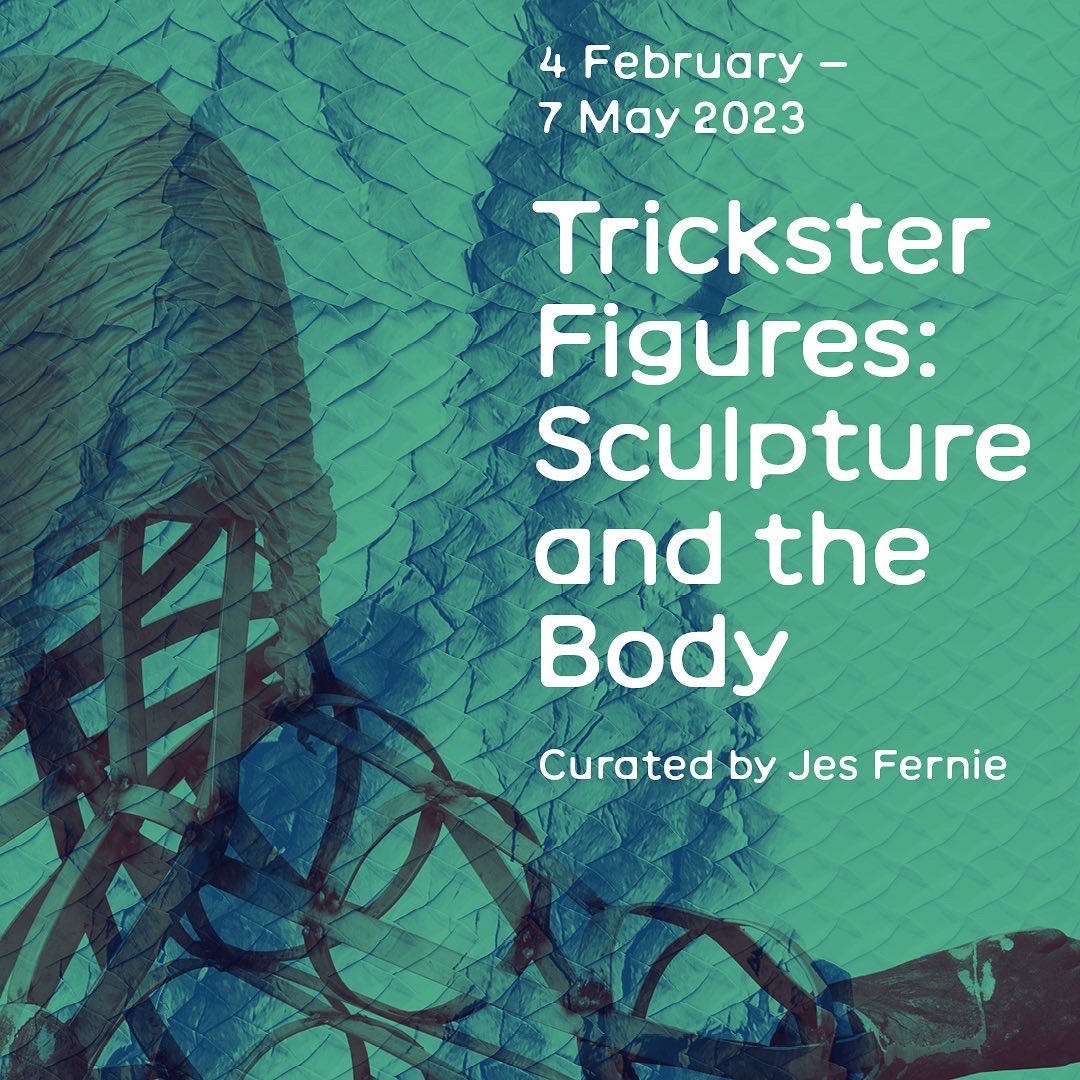
New exhibition
‘Trickster Figures: Sculpture and the Body’ will open at Milton Keynes Gallery in February 2023.
I’m taking a look at the varying, magical ways that contemporary artists are thinking about the body’s newly configured relation to the world - something that involves increasingly fluid movement between binary systems, human forms, animals, identities, and the environment.
Participating artists: Saelia Aparicio | Alice Channer | Jesse Darling | Nicolas Deshayes | Kira Freije | Siobhán Hapaska | Nnena Kalu | Joe Namy | Harold Offeh | Ro Robertson | Vanessa da Silva
“There is a leakage, a seepage in these works. Many of them allude to bodies or systems that relate to bodies. Jealous bodies, broken bodies, fossilised bodies, vulnerable, contaminated bodies. There is also love, tenderness, glamour, and compulsion.”
Jes Fernie
03 November 2022
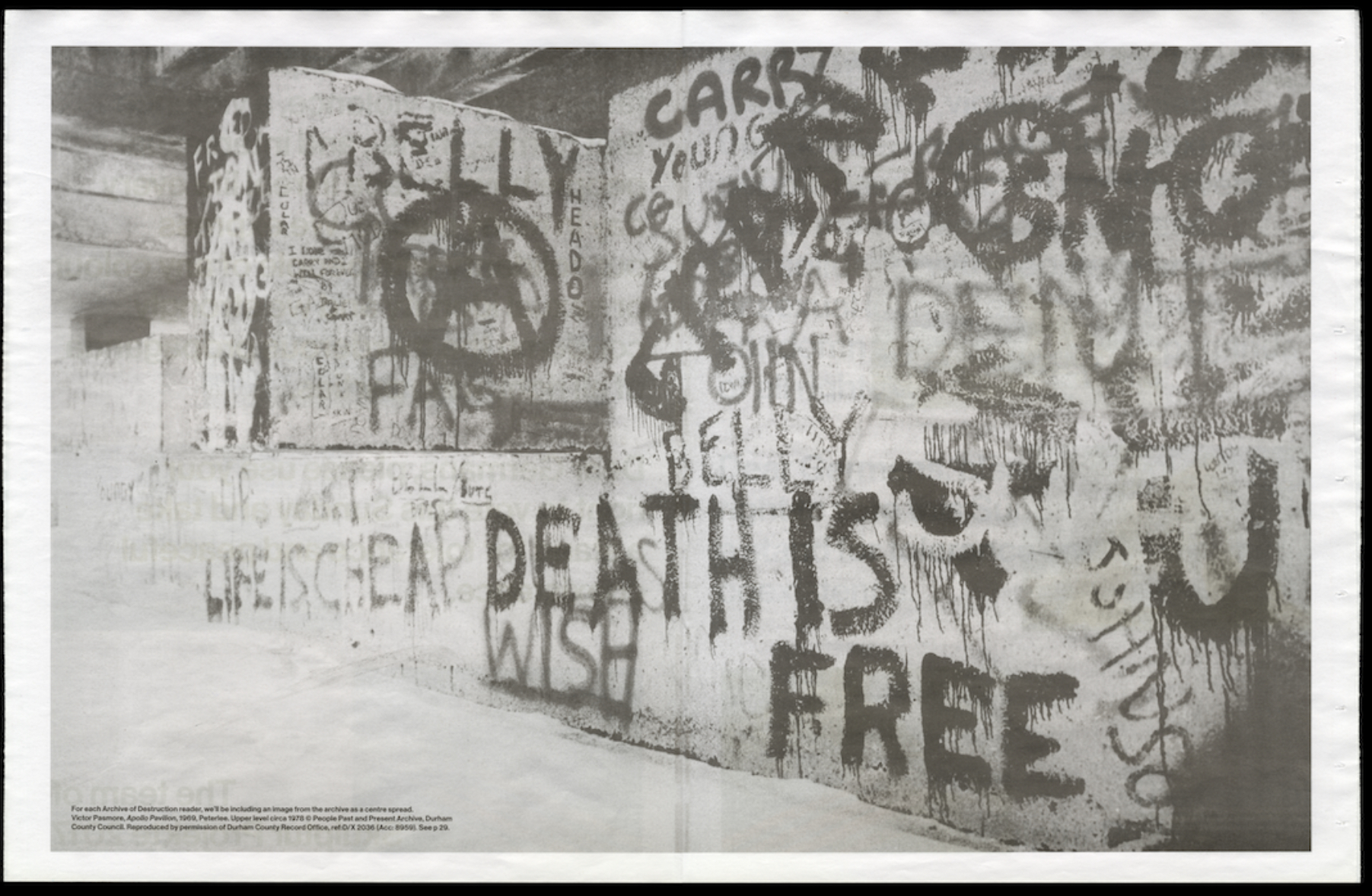
RCA talk
I’ll be speaking at the forthcoming Curating Contemporary Art and Design: Archives and Collections Intensive at the RCA.
My contribution will consider the status of the Archive of Destruction as a curator-led, self-initiated project, existing beyond an institutional framework. I’ll discuss the playful way in which modes of destruction in the archive have been arranged (fear, love, greed, boredom etc) in order to critique the system of categorisation often employed by museums.
28 September 2022

Writing residency in Ireland
I’ve been invited by Askeaton Contemporary Arts to carry out a research residency in September 2022.
I’ll be talking to artists, visiting artworks, and looking through archives to develop a text on the subject of unseen, abandoned, and unfinished projects, to be published by Daly & Lyon to celebrate five years of practice.
Photo: Lily Van Oost textile work.
03 August 2022
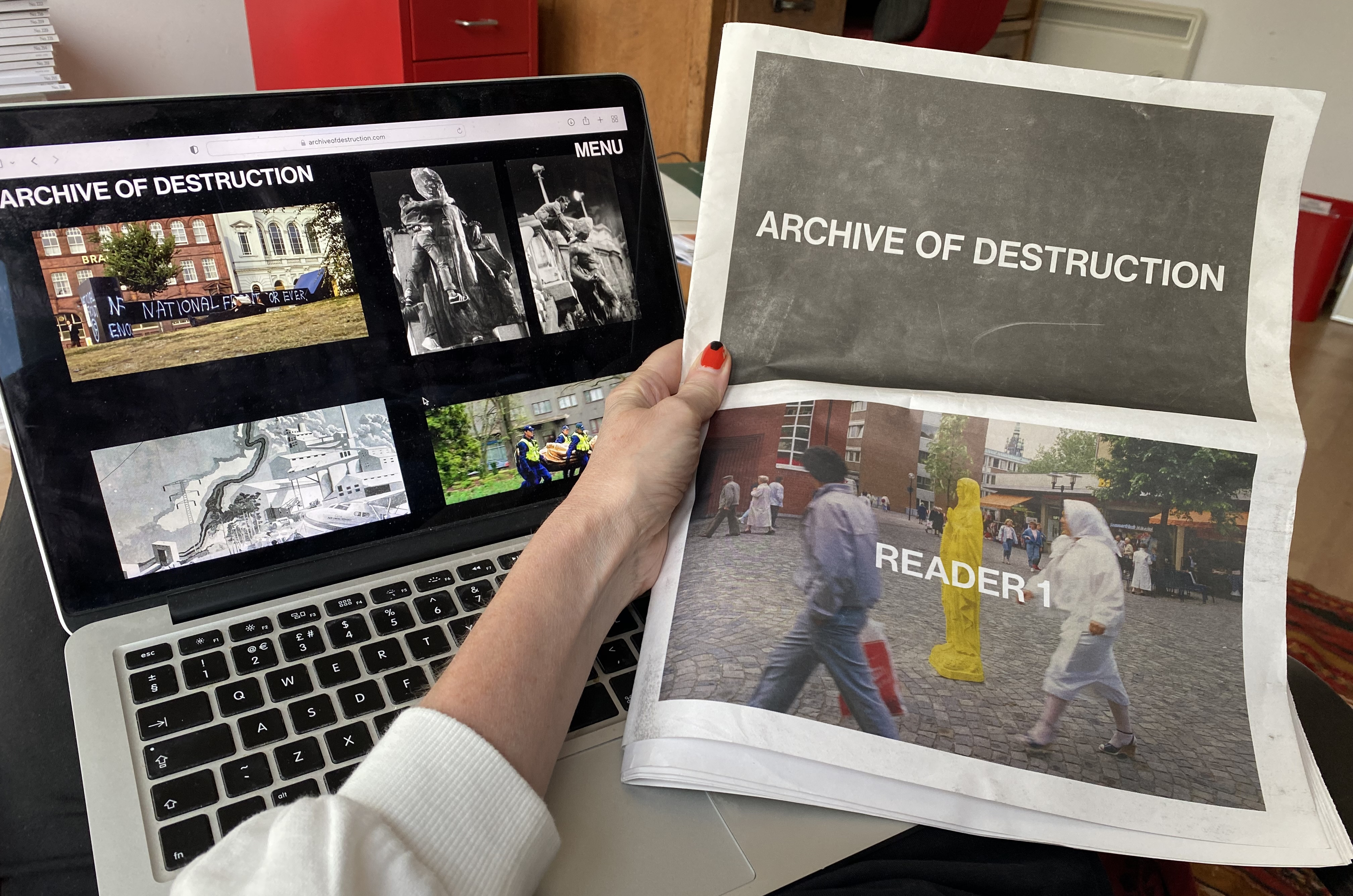
Archive of Destruction Reader I launch
I’m very excited to launch the first Archive of Destruction Reader
Tuesday 4 October 2022
6.30 – 8.00pm
Flat Time House
I’ll be saying a few words with Gareth Bell-Jones (Director, FTHo) and Jo Melvin (curator and writer) at 7pm.
The Reader includes conversations, texts, stories, artworks, and pictures by artists, curators and writers, including Joe Namy, Marianne Wagner, Katharina Fritsch, Nicole Eisenman, Kasper König, Britta Peters, Vanessa Onwuemezi, Marysia Lewandowska, Horacio Zabala, Candice Purwin, and Joanna Rajkowska.
This will be an informal affair. Everyone welcome!
25 July 2022
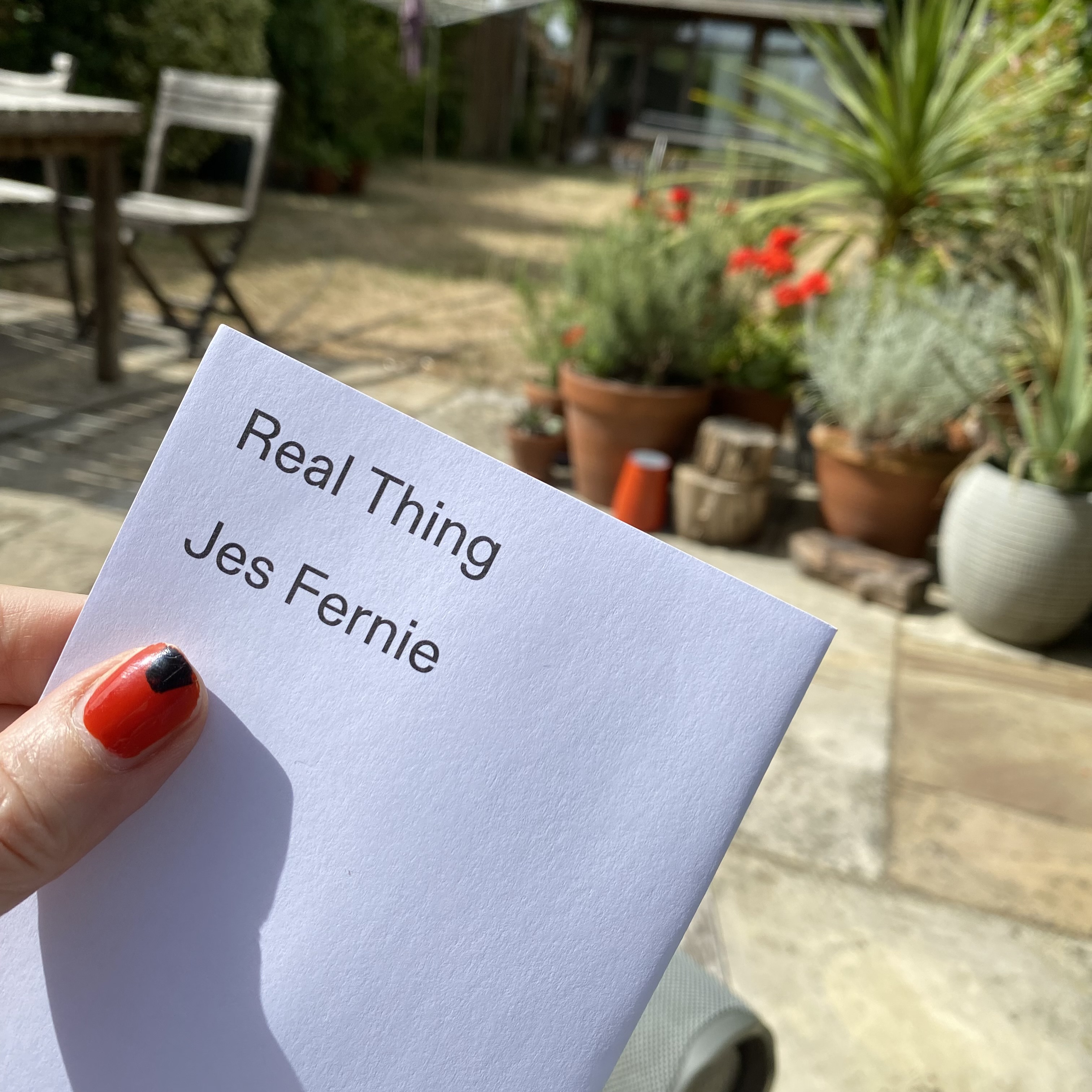
New text for Mona Yoo installation
I was commissioned by Talbot Rice Gallery to write a text on Mona Yoo’s work. I invite audience members to navigate a notional installation by the artist in the Sculpture Court of Edinburgh College of Art.
We’ve been meeting sporadically on zoom over the last couple of years, talking about ghosts, erasure, malleable time, sculpture, and the urban fabric of Edinburgh.
Mona was artist in resident at Talbot Rice Gallery throughout 2020 - 22. The programme is part of the Freelands Artists Programme.
05 June 2022
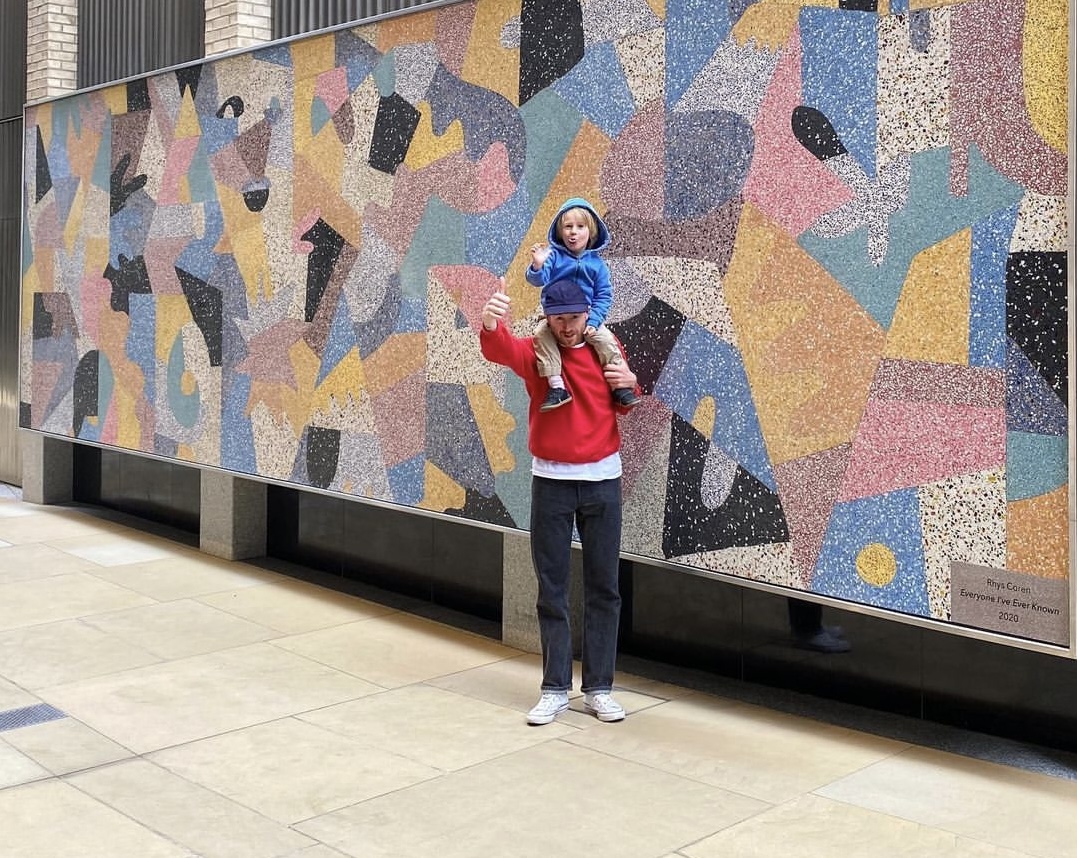
New commission by Rhys Coren
Rhys Coren’s new nine-meter long terrazzo artwork for Hanover Square in London has been unveiled!
It’s called ‘Everyone I’ve Ever Known’ and is Rhys’ first large-scale public commission. It’s an upbeat, joyful contribution to the streets of central London and references Rhys’ longterm interest in music, popular culture, cartoon imagery, and the public realm. In many ways the work is a bit of visual music.
It was commissioned by developers GPE and sits behind the soon-to-be-opened Bond Street Crossrail station near Dering Street.
I’ve been working on it since 2017. It’s insane how long these project take to realise.
Photo: Rhys with the work and his son Calder, 2022
18 May 2022
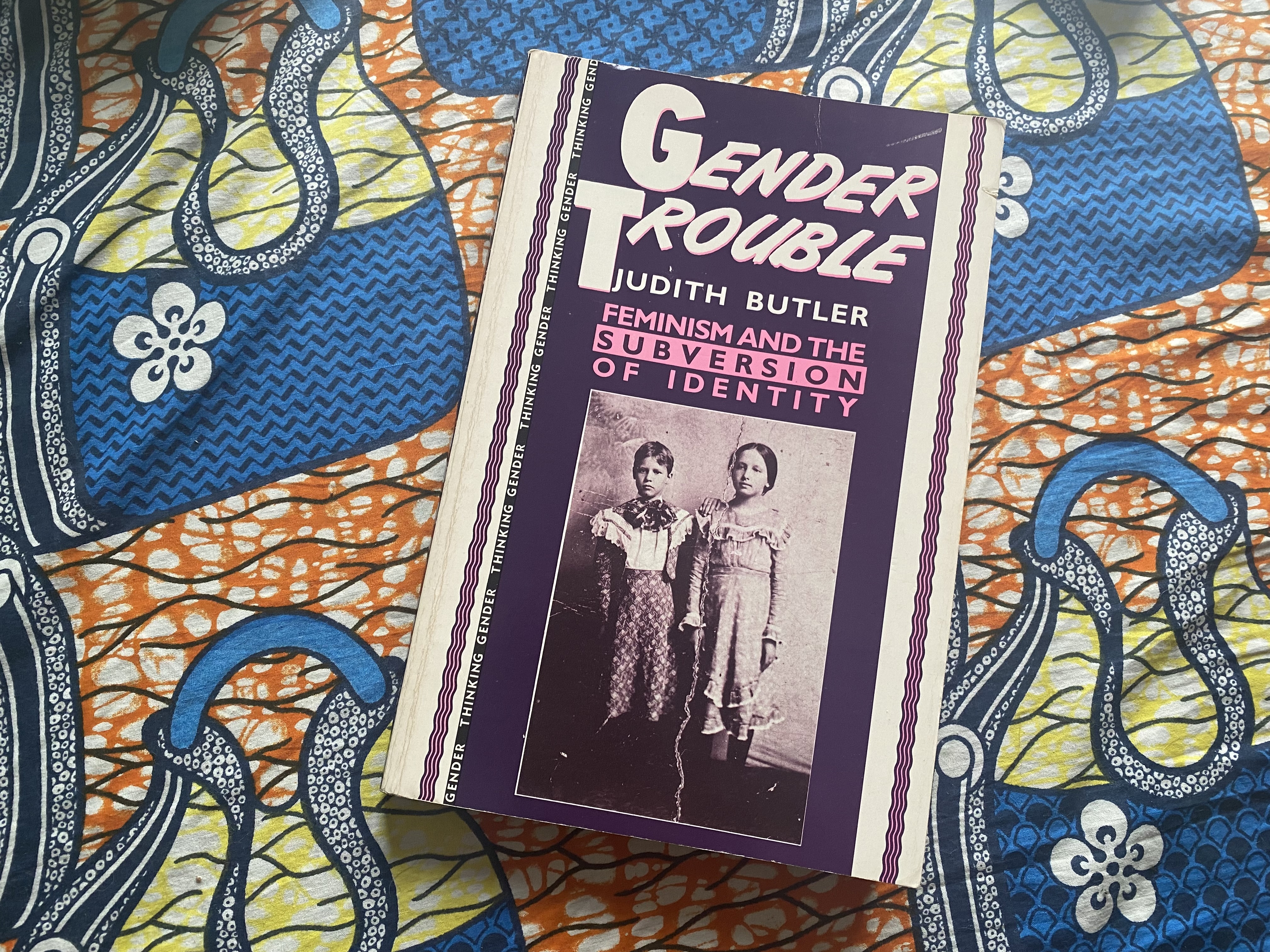
New teaching role
I’m currently teaching on the BA Culture, Criticism, and Curation course at CSM, covering subjects as broad as gender studies, feminist art practice, exhibition making, Black performance art, and post-internet art.
25 April 2022
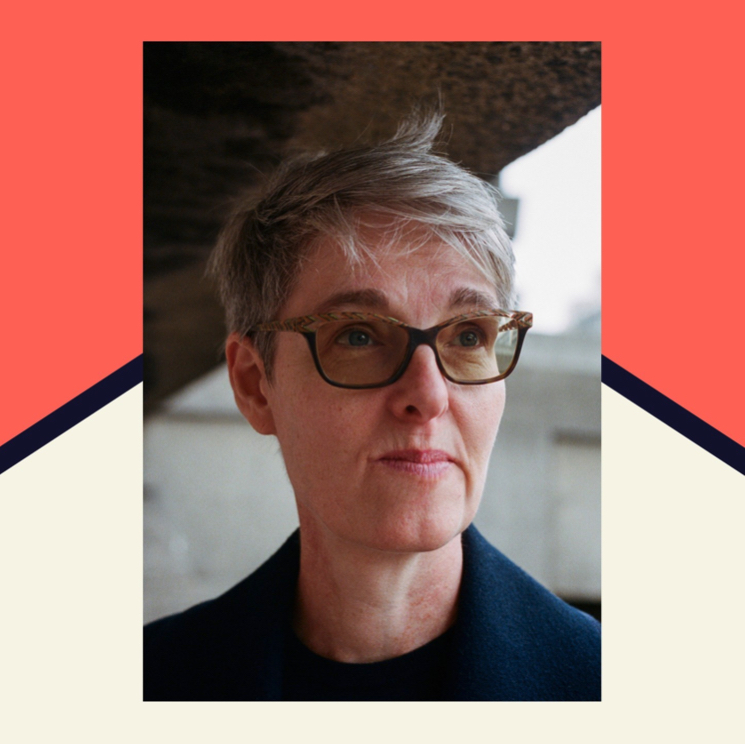
Assembly talk
I’ve been working with UP Projects, Flat Time House, and Liverpool Biennial on a programme of online talks about socially-engaged practice. The next one is on 18 May and we’ll be discussing the ways that these projects can inspire structural change.
The conversation will involve a discussion about the relationship of artists and communities to the structures that shape society. How can the incredible range of knowledge, experience and practice that artists, curators, creative practitioners, and communities bring to these projects be used to challenge existing power structures?
More information here.
Watch a recording of the talk here
Portrait by Robin Silas
06 January 2022
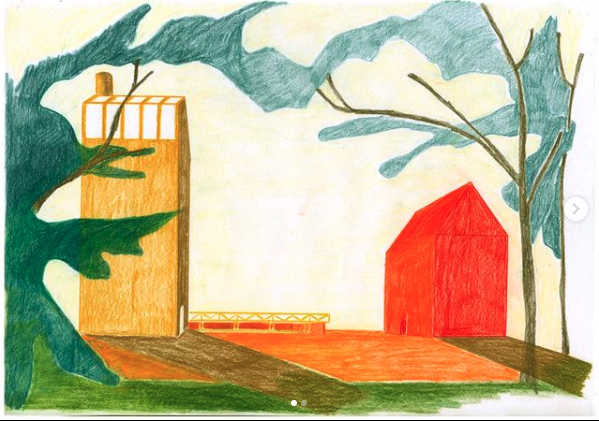
Råängen event
Working with Nothing: artists & architects building a new neighbourhood
The Råängen programme of art and architecture commissions in Lund is at once very strange and very straight forward. Join us for a discussion about its character, with three artists and architects from Barcelona, Glasgow, and Trondheim who are involved in the programme.
Chair
Kieran Long, Director, ArkDes
Speakers
Eva Prats and Ricardo Flores, Flores & Prats Architects
Nathan Coley, artist
Geir Brendeland, Brendeland & Kristoffersen Arkitekter
18 January, 2022, 12.00–13.15 CET
Watch the talk here.
Drawing by Flores & Prats - ideas for Råängen buildings
17 September 2021
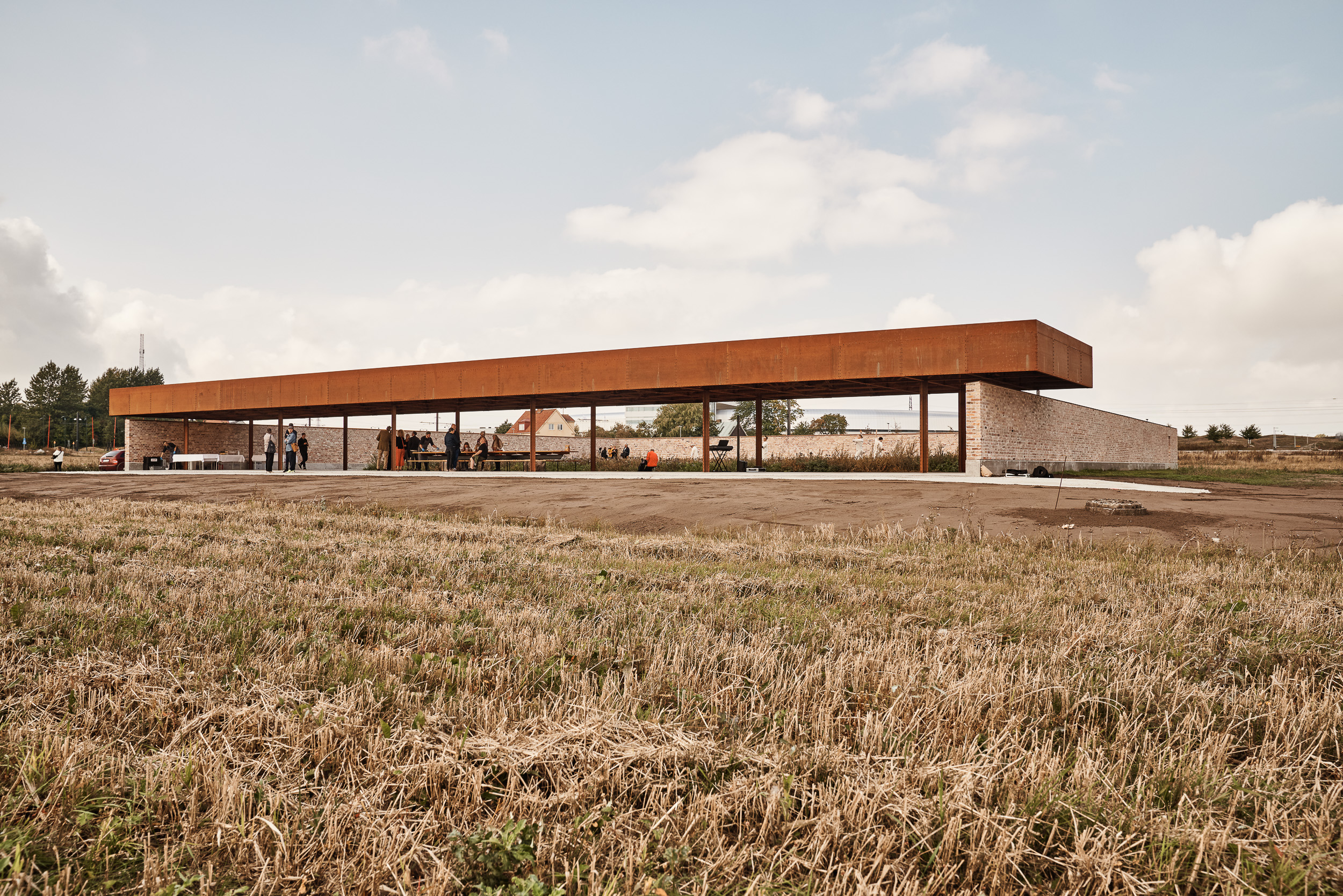
Hage launch
Hage, a new public garden for Råängen , has opened! Designed by Norwegian architects Brendeland & Kristoffersen, this walled space in Lund, south Sweden, is the first permanent commission for the Råängen programme and is open to all.
Over the coming years, a new neighbourhood will grow up around the space, which will shift from being an object in the landscape to a local park for a new community.
Watch a film about the making of Hage here
Photo: Peter Westrup
